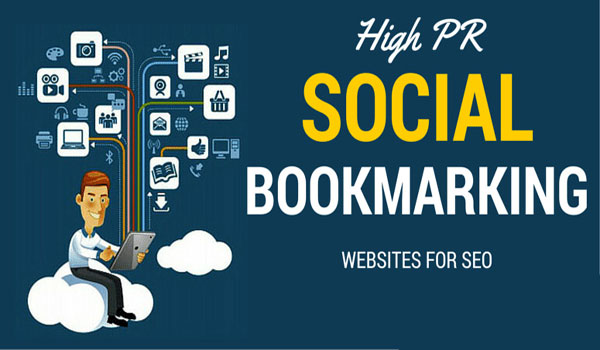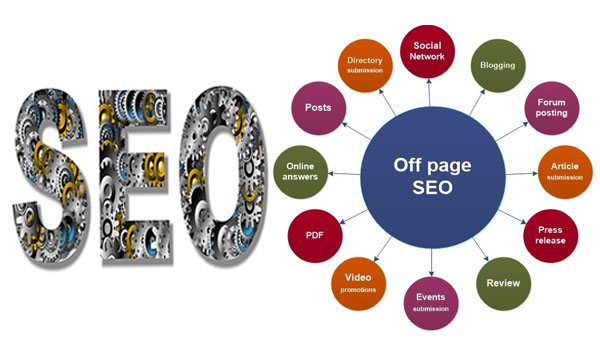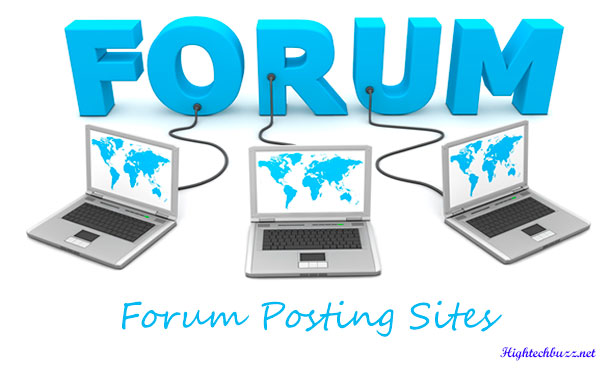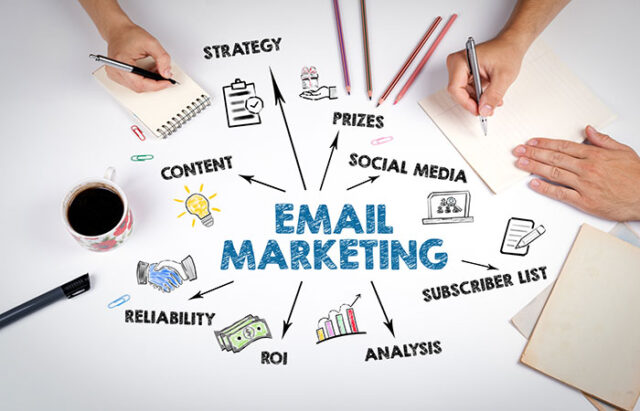Email marketing has come a long way since its inception, evolving alongside technological advancements to become an integral component of today’s tech-driven business landscape. From its humble beginnings as a simple method of communication, email has transformed into a powerful marketing tool that allows businesses to connect with their audience like never before.
In this era of digital innovation, email marketing remains a strategic approach for reaching and engaging customers, driving conversions, and building lasting relationships. However, as technology advances, new challenges arise that marketers must navigate to leverage the full potential of email marketing. In this article, we will explore the advancements and challenges of email marketing in a tech-driven business world and uncover how businesses can adapt and thrive in this dynamic landscape. If you want to go the easy route, hire marketing agencies like Smartly Done for a guaranteed outcome.
Advancements In Email Marketing
Advancements in technology have allowed businesses to revolutionize how they approach email marketing campaigns, providing a wealth of opportunities for success. Here are some of the major advancements in email marketing that have emerged in a tech-driven business world:
Technological Enhancements
Email automation tools have become increasingly sophisticated, allowing businesses to personalize email content and delivery with remarkable degrees of precision. Advanced analytics and tracking tools can provide insights into key performance metrics such as open, click-through, and conversion rates. AI-driven email content personalization has also become more common, enabling businesses to leverage customer data and create engaging personalized email campaigns.
Integration With Other Platforms
Effective email marketing campaigns are often integrated with other platforms, such as customer relationship management (CRM) systems, social media, and other marketing tools. This integration allows businesses to leverage data from multiple sources to create more accurate audience segmentation and deliver personalized content. Chatbots can also be included in emails, providing a more engaging and interactive experience for the customer.
Enhanced Design And Responsiveness
In today’s mobile-first world, email designs must be optimized for mobile devices, with responsive layouts that provide a seamless experience across devices. Interactive email designs with dynamic content are also becoming increasingly popular, allowing businesses to create more engaging and immersive email marketing campaigns.
Improved Targeting And Segmentation
The use of big data analytics has enabled businesses to create more accurate audience segmentation, allowing for more targeted email campaigns that drive results. Behavioral targeting based on user actions and interactions has also become more prevalent, enabling businesses to create more personalized and relevant email content.
Improved Deliverability
Advanced spam filters have shaped email delivery over the years, leading to improved inbox placement for email campaigns. Various techniques, such as authentication protocols and list management, can also ensure higher inbox placement for email campaigns.
Challenges in Modern Email Marketing
While email marketing has seen significant advancements, it also faces various challenges in today’s tech-driven business world. Here are some of the key challenges that marketers encounter:
Over Saturation
One of the primary challenges is the sheer volume of emails individuals receive daily. Standing out and capturing the recipient’s attention becomes increasingly difficult in a crowded inbox. Marketers must devise strategies to create compelling and relevant content that cuts through the noise and resonates with their target audience.
Technological Barriers
Keeping up with the continuous changes in email clients, platforms, and industry standards presents a significant challenge for email marketers. The rapid pace of technological innovation demands constant adaptation and learning to effectively utilize new features and opportunities that arise.
Regulatory And Privacy Concerns
Implementing data protection regulations like the General Data Protection Regulation (GDPR) and the California Consumer Privacy Act (CCPA) has introduced new challenges for email marketing. Marketers must ensure compliance with these regulations, obtain proper consent for data collection, and address ethical considerations when targeting and collecting customer data.
Deliverability Issues
The increasing sophistication of spam filters poses a significant challenge in ensuring email deliverability. Marketers must understand best practices for maintaining a positive domain reputation, avoiding blacklisting, and optimizing email content to bypass spam filters.
Changing Consumer Expectations
Consumer expectations for email marketing have evolved, adding a layer of complexity. While personalization remains highly desirable, there is a growing concern about privacy and data collection practices. Marketers must balance delivering targeted and tailored content while respecting consumer privacy preferences. Furthermore, shifting email consumption patterns, with the rise of mobile devices over desktops, require adapting email designs and strategies to meet consumers’ preferred channels.
Best Practices
As the email marketing landscape evolves in a tech-driven business world, companies must stay ahead by adopting best practices that ensure success and overcome emerging challenges. Here are some tips to help companies navigate this evolving landscape:
- Keep up with industry trends and advancements: Stay updated with the latest developments in email marketing technology, tools, and strategies. Attend conferences, workshops, webinars, and follow industry experts to stay ahead of the curve.
- Prioritize data protection and compliance: With the increasing focus on data privacy, ensure your email marketing practices comply with relevant regulations such as GDPR and CCPA. Obtain proper consent for data collection and handle customer data ethically and responsibly.
- Implement segmentation and personalization: Leverage the advancements in targeting and segmentation to deliver personalized and relevant email content to your subscribers. Use customer data and behavior to create highly targeted campaigns that resonate with the individual recipient.
- Optimize for mobile devices: Given the shift towards mobile consumption, ensure that your emails are optimized for mobile devices. Use responsive design techniques to provide a seamless experience across different screen sizes.
- Test and analyze: Continuously test and analyze your email campaigns to understand what works best for your audience. Experiment with various email designs, CTAs, subject lines, and sending times to optimize results. Use analytics and tracking tools to measure key performance metrics and make data-backed decisions.
- Focus on engagement and interactivity: Stand out in crowded inboxes by creating engaging and interactive email experiences. Incorporate interactive elements such as quizzes, surveys, and GIFs to capture the recipient’s attention and encourage interaction.
- Maintain a clean and healthy email list: Regularly clean and update your email list to ensure deliverability and engagement. Remove inactive subscribers, manage bounces, and implement proper list management practices to maintain a healthy sender reputation.
- A/B testing: Experiment with various elements of your email campaigns through A/B testing. Test variations in subject lines, email designs, CTAs, and offers to identify what resonates best with your audience and drives higher engagement and conversions.
- Nurture customer relationships: Email marketing is not just about promotional content. Nurture your customer relationships by sending value-added content such as newsletters, helpful tips, and relevant industry news. Build trust and credibility with your subscribers to foster long-term engagement and loyalty.
- Monitor industry changes and adapt: The email marketing landscape is constantly evolving, so it’s essential to monitor industry changes and adapt accordingly. Stay informed about emerging technologies, trends, and customer preferences to ensure your email marketing strategies remain effective.
By adopting these best practices, companies can effectively balance advancements with emerging challenges, staying ahead in the evolving email marketing landscape in a tech-driven business world.
Conclusion
Amidst the rapidly evolving landscape of a tech-driven business world, email marketing remains a powerful tool for businesses. While there are challenges, technological advancements and strategies present abundant opportunities for companies willing to stay updated, adapt, and innovate. By keeping abreast of industry trends, prioritizing data protection, implementing segmentation and personalization, optimizing for mobile, testing and analyzing campaigns, focusing on engagement and interactivity, maintaining a clean email list, nurturing customer relationships, and monitoring and adapting to industry changes, businesses can harness the power of email marketing to reach and engage their target audience effectively. In the face of emerging challenges, businesses must embrace these best practices, ensuring they stay ahead and thrive in the ever-evolving digital landscape.






























